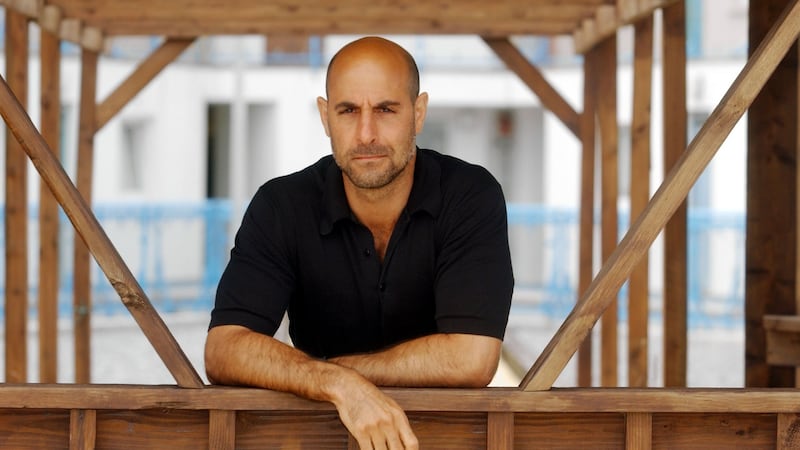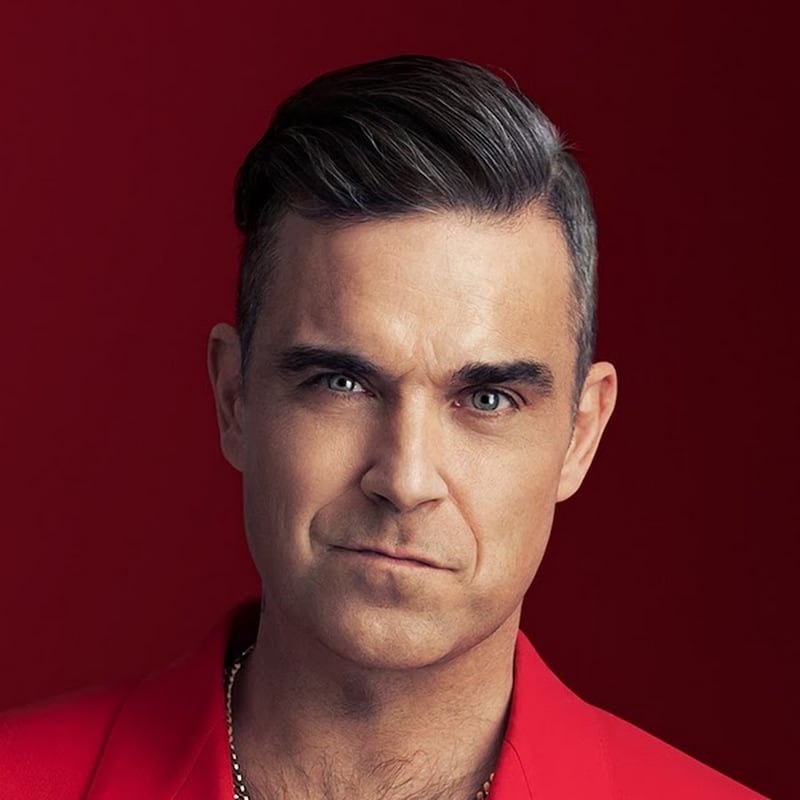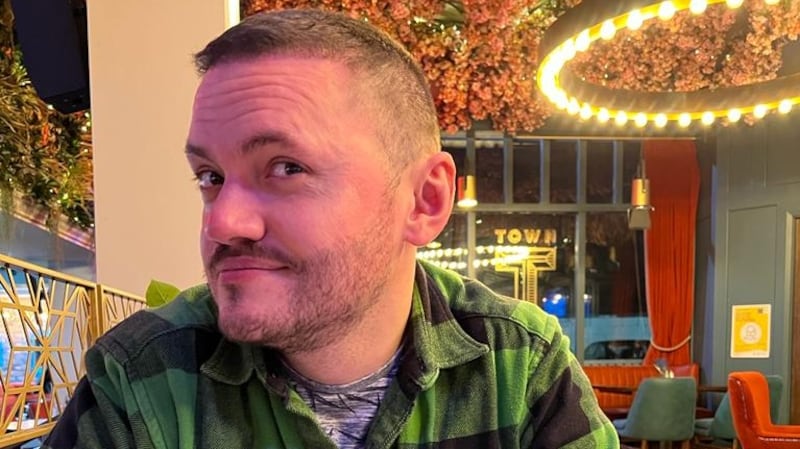Baldness has always carried a stigma. For every Jason Statham or Stanley Tucci who owns the bald look, there are millions of men who worry and stress about hair loss (and, ironically, that stress can exacerbate the hair loss).
One of the earliest hair transplants took place in the late 1800s, with further innovations happening in 1930s Japan. Until the early 2000s, “hair plugs” – which usually produced an unnatural hairline and odd appearance – were as much the butt of jokes as bad toupees. Today, however, new hair transplant technologies are creating opportunities for men who don’t want to go bald – and there is no shortage of options, both here and abroad.
A growing pressure on men to look their best – perhaps an extension of the pressure women have felt for generations – means that the stigma around addressing hair loss is evaporating, a trend that has been accelerated by public figures such as Wayne Rooney, Calum Best, James Nesbitt and Robbie Williams speaking publicly about their transplants. Kerry footballer Darran O’Sullivan and Ireland’s AM Alan Hughes have also spoken about their hair transplants.


At the Tír na nÓg clinic in Dublin 13, married couple Natasha and Kevin McDonald offer hair transplant surgery, with Natasha – who is an engineer and trained technician – running the business while Kevin carries out the procedure. About 90 per cent of their clients are men.
Why do they do it, and what does it involve?
“Kevin talks directly to our clients, with no salesperson in between,” says Natasha. “A lot of them say that they like to have hair on their head, and style it to cover up baldness. They won’t go out if it’s windy or their hair is wet; the lighting might influence where they sit in the pub because they don’t want anyone to see their hair loss, but this procedure gives them confidence back. Our clients include a mix of people: those who are getting married, those who may have been married for 10 or 20 years and want to do something about it and single men who want to meet someone and feel the hair loss is holding them back. Kevin will advise that not all hair loss is suitable for transplant and that certain medications, which we offer, can stop hair loss.”
Mary O'Donnell, brand representative for the Bon Secours Cosmetic and Hair Restoration Clinic (CHRC), which is based in Tralee, Co Kerry, says that about two-thirds of men will experience some hair loss by the age of 35, while half of men over 50 will also lose hair.
“During the pandemic, a lot of men were on Zoom calls and scrutinising how they looked, and they felt uncomfortable with how they looked,” O’Donnell says. “They decided to do something about it.”
Both clinics use different techniques, with prices varying accordingly.
Nine out of 10 procedures at Tír na nÓg use the follicular unit extraction method, a minimally invasive procedure which involves using grafts from the back of the head.
“It means you can have a short haircut because, once the small scabs from the procedure heal, you have no permanent scars left,” says Natasha. “Recovery time is about a week to 10 days, with the recipient area of the head scabbing up and gently rubbed away after a week, and the transplanted hair falling out between three and four weeks after the transplant. Then, after three to four months they see the hair start to grow again.”
The procedure at Tír na nÓg costs between €2,000-€4,000, with surgeon Dr Kevin McDonald following up on the patient’s progress over the following year and supporting clients beyond that. Natasha says that Tír na nÓg’s approach sees Kevin work closely with each client for a tailor-made package.
The procedure at the CHRC, meanwhile, uses the Artas iX Robotic System, a 3D technology that customises and plans a personalised hairline design.
“It uses a high-definition system to identify and select the best hair follicles from your donor area – usually the back of your head – for transplanting,” says O’Donnell. “The follicles are then intelligently harvested with robotic precision and speed, preserving the natural look of your donor area with zero linear scarring, allowing you to cut and style your hair the way you like it without having to hide a scar. It reduces the possibility of human error while ensuring consistent graft quality throughout the procedure.”
Depending on the amount of hair grafts needed, the procedure at the CHRC can cost anywhere from €4,000 to €10,000.
Both O’Donnell and McDonald acknowledge that a lot of people are choosing to have the procedure carried out in Turkey, but say that the quality of the work and aftercare is superior at home.
“With us, they have the backing of the hospital and a surgeon who meets clients for a consultation,” says O’Donnell. “Yes, our prices can be higher, but it’s because we use the best of everything to get the best, most natural-looking result. A lot of people who meet us have been to Turkey and found that the donor area is over-harvested, so what may be a quick fix now might not stand up in 10 years.”
Stay safe
Here and abroad, regulation can be patchy, so it’s really important to find a clinic and team that explains everything and feels trustworthy. If you’re considering the procedure, ask the team about:
- How they design the hairline, paying particular attention to ensure it is not straight, as this is unnatural looking
- How they avoid infections
- How they avoid scarring in the donor area
- What survival rate of grafts they hope for
- Beware of any clinic that rushes you for the procedure without extensive consultation or that guarantees results, as botched transplants do happen.

My hair transplant: Damien Mulhall
“The difference between a young man and old man, from an aesthetic perspective, is down to your hair.
“Even if it’s shorter or receding rapidly, it can make you look 10-15 years older.
“I was growing my hair longer to hide as much thinning as possible but found in the last two years that my styling strategies were no longer viable. I could shave it all off, but I feel like I have a potato head so it wouldn’t be a good look. I saw myself looking down the path of a losing battle and I wanted to get ahead of it.
“I spoke to someone else who had it done and then I decided on my clinic. I sent them pictures of my hairline and crown and we went from there. It wasn’t really painful, although the day was long. The anaesthetic on the scalp didn’t hurt as it’s fairly resilient there. I also opted to extend the transplant area to my beard because it had always been quite thin.
“I’m happy with the results so far, although I’ve a few months to go before it will look full. I have to make sure to wear a hat on sunny days, and avoid saunas and pools for now.
“I’m speaking publicly because it is noticeable after the procedure and because, ultimately, I didn’t want to hide: better to be open and honest.
“I’m aware that a hair transplant is not forever, and that I may get 10-15 years out of it, but I’m fine with that. Will I go back a second time? Ask me in 10-15 years.”











